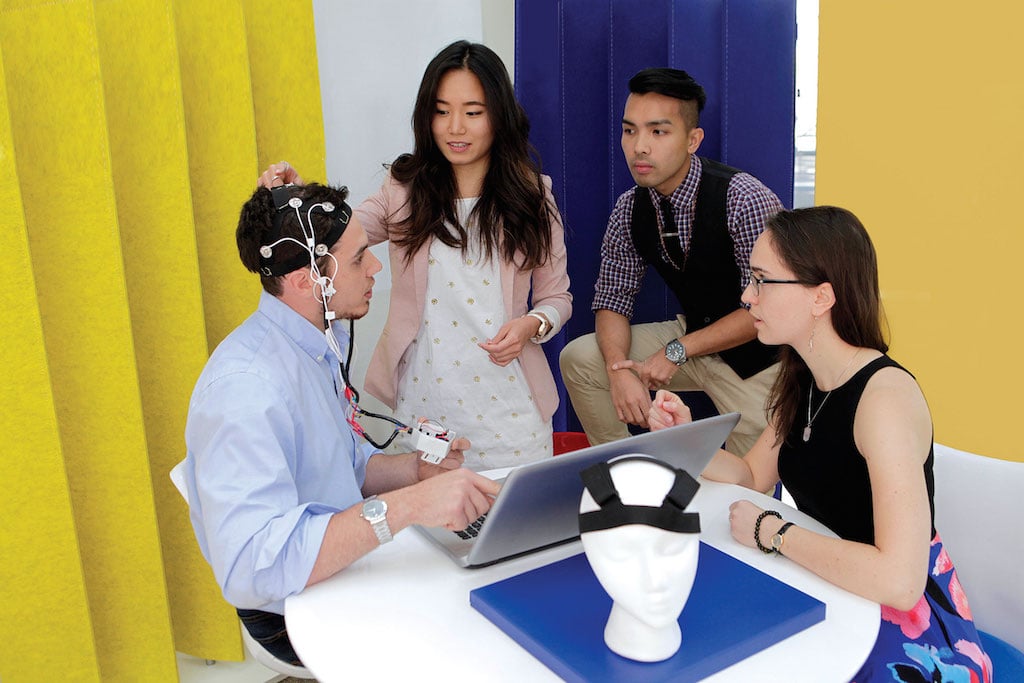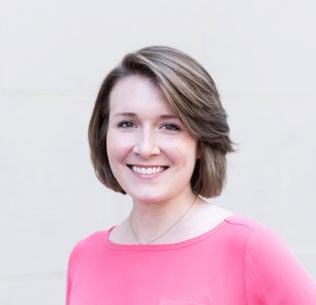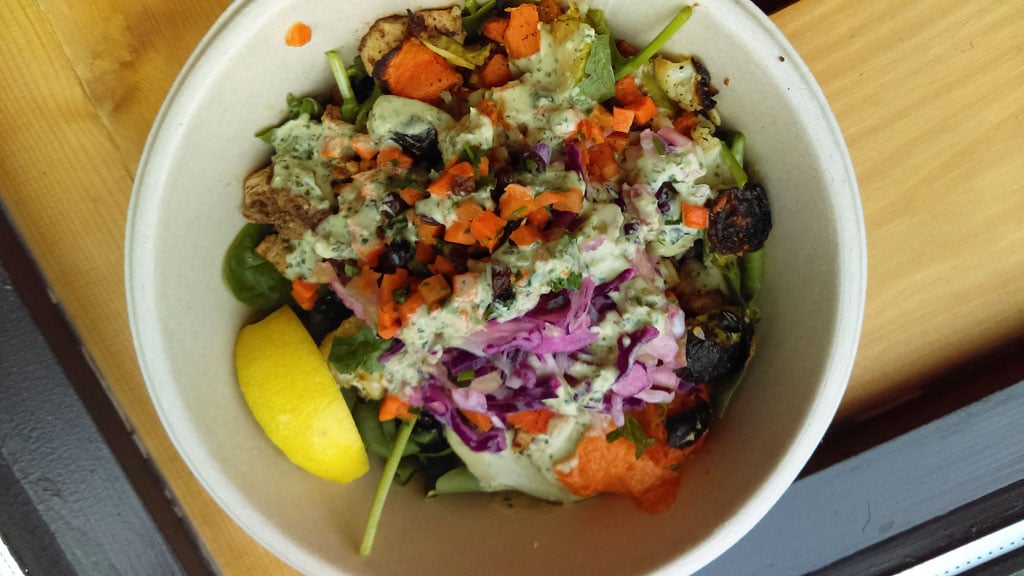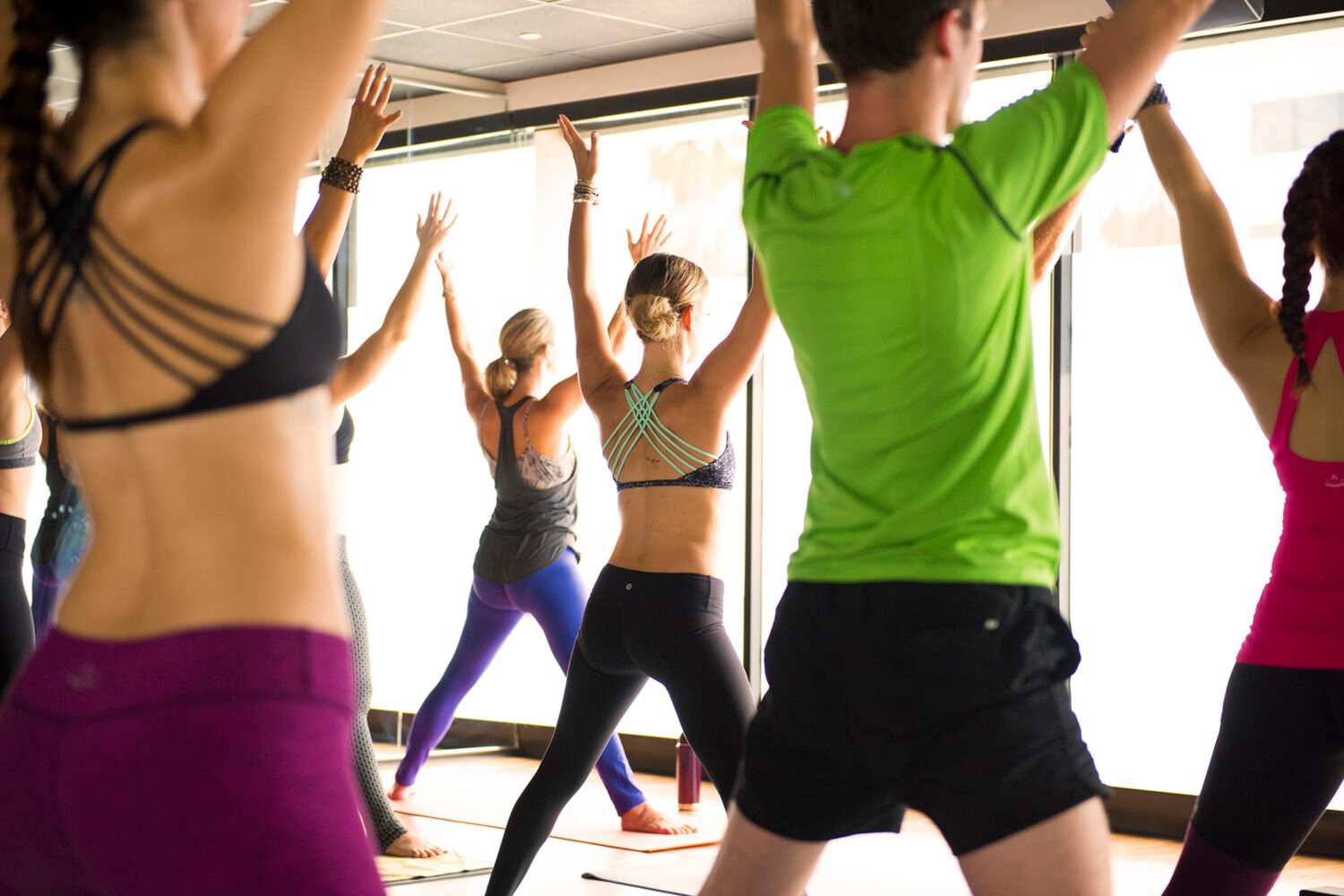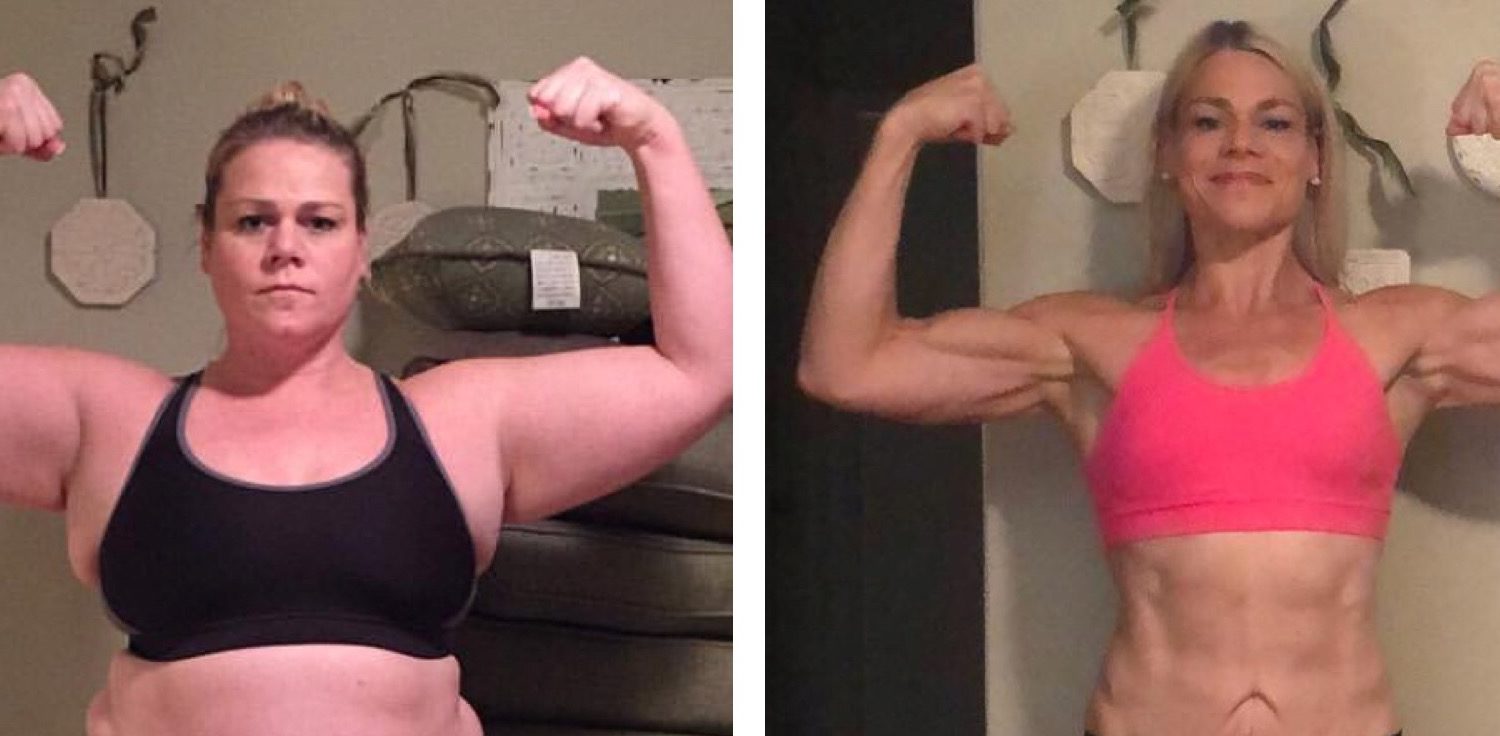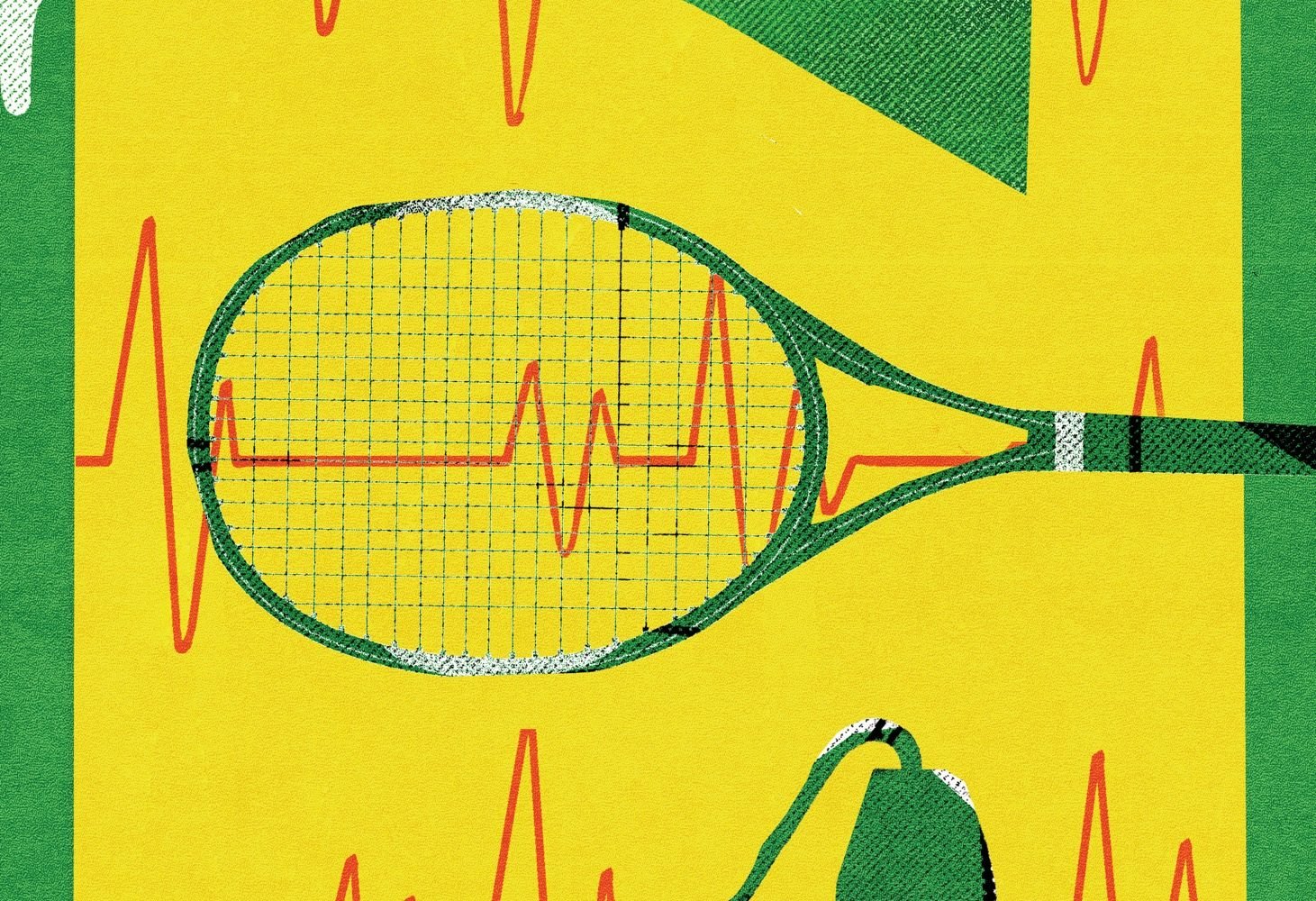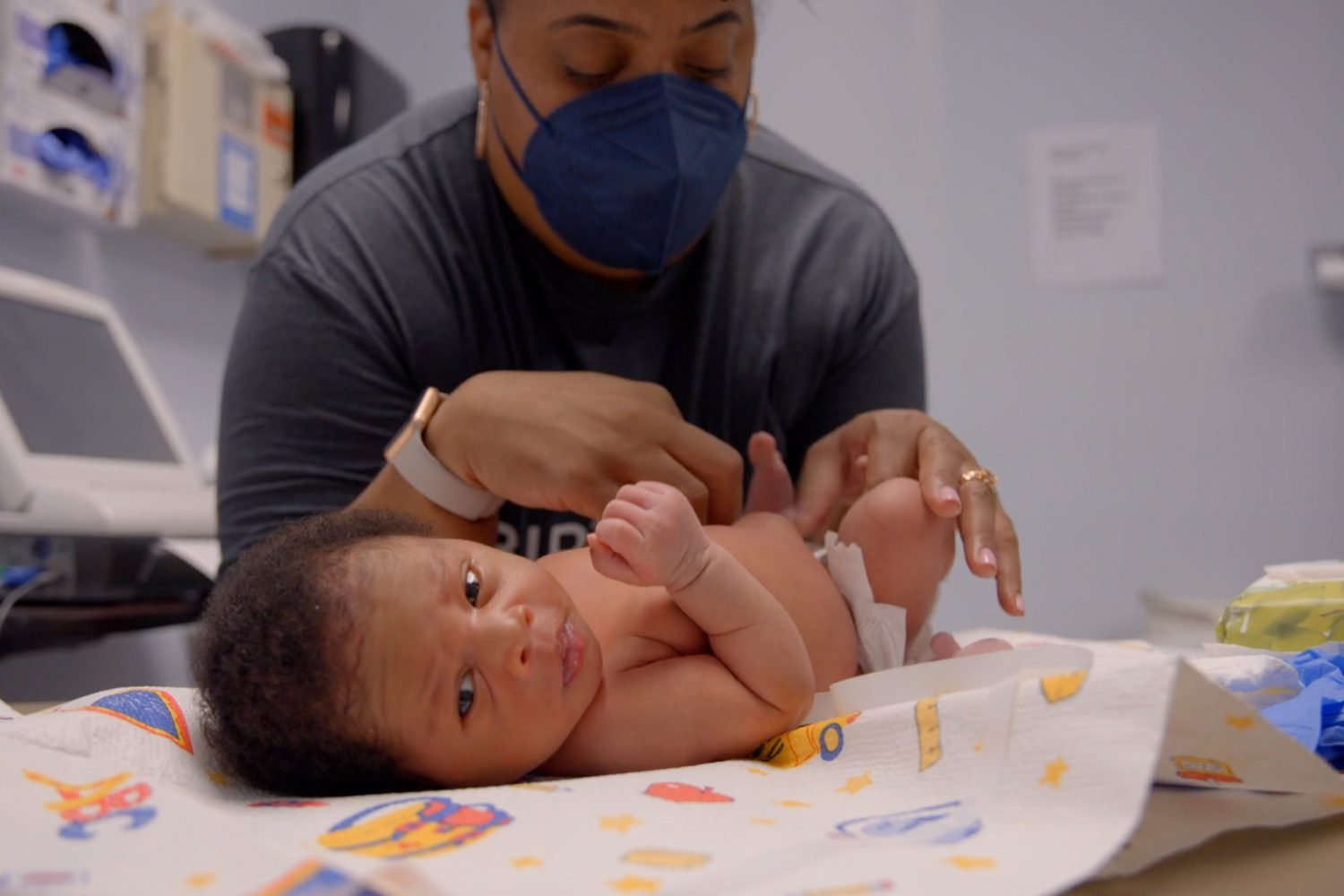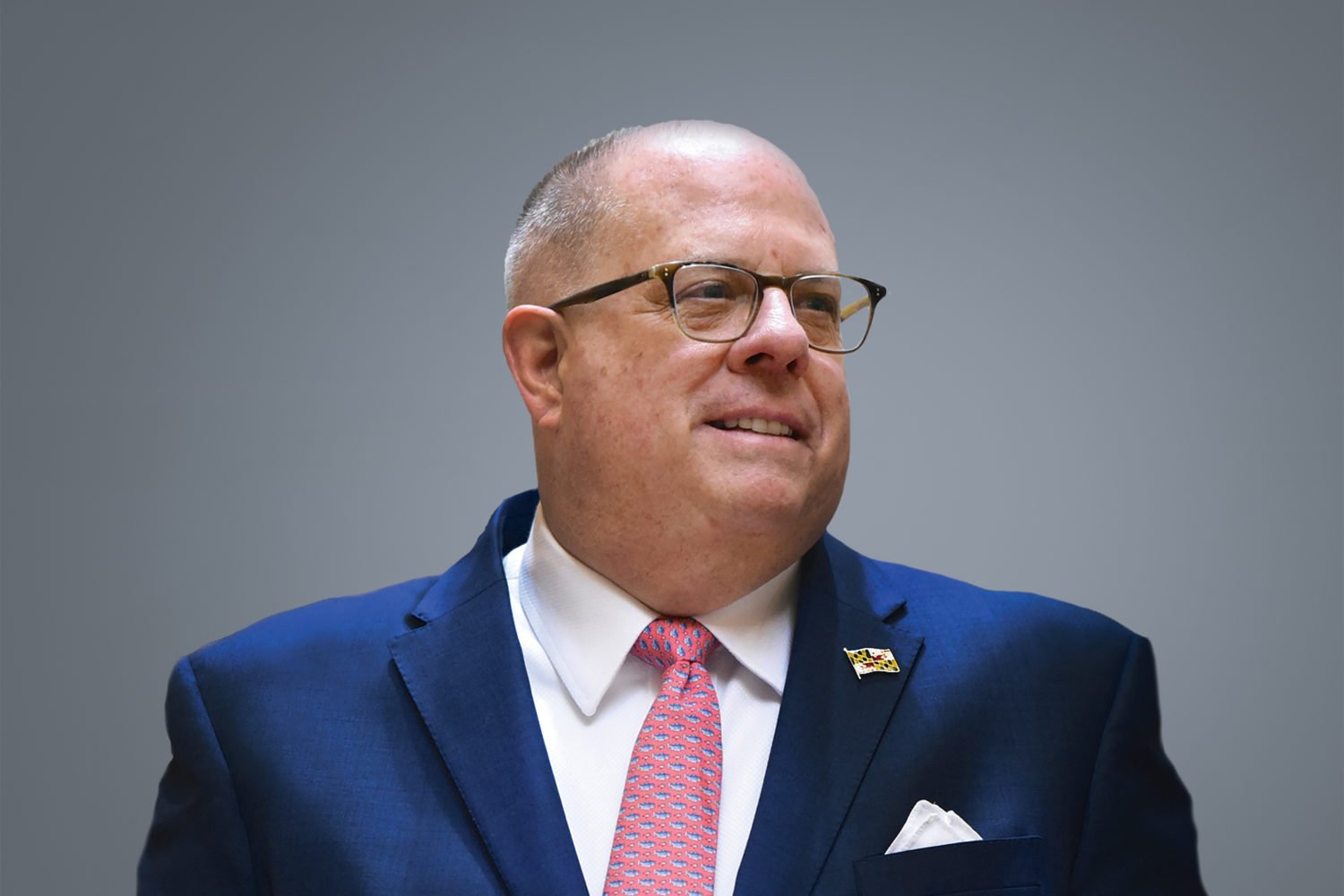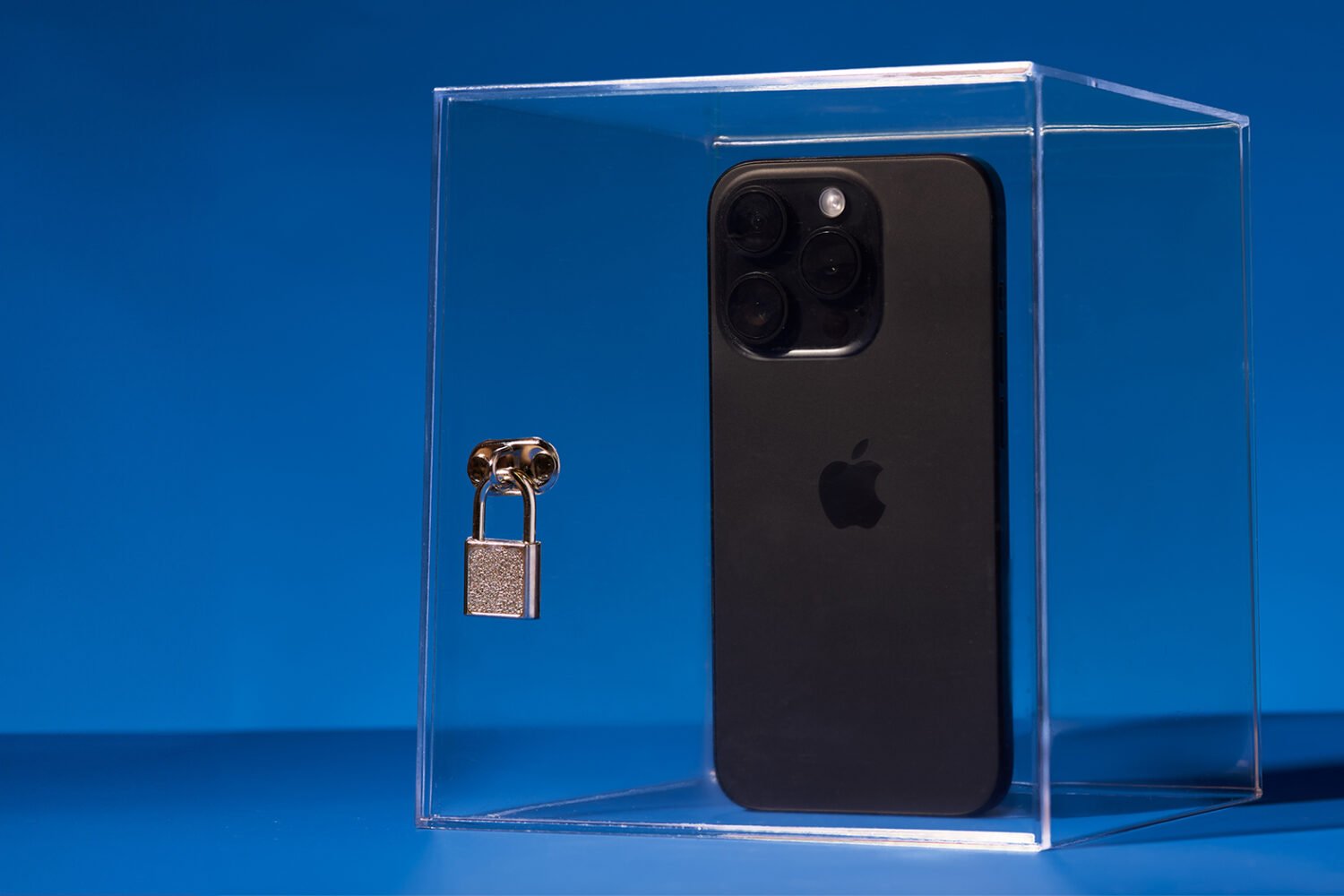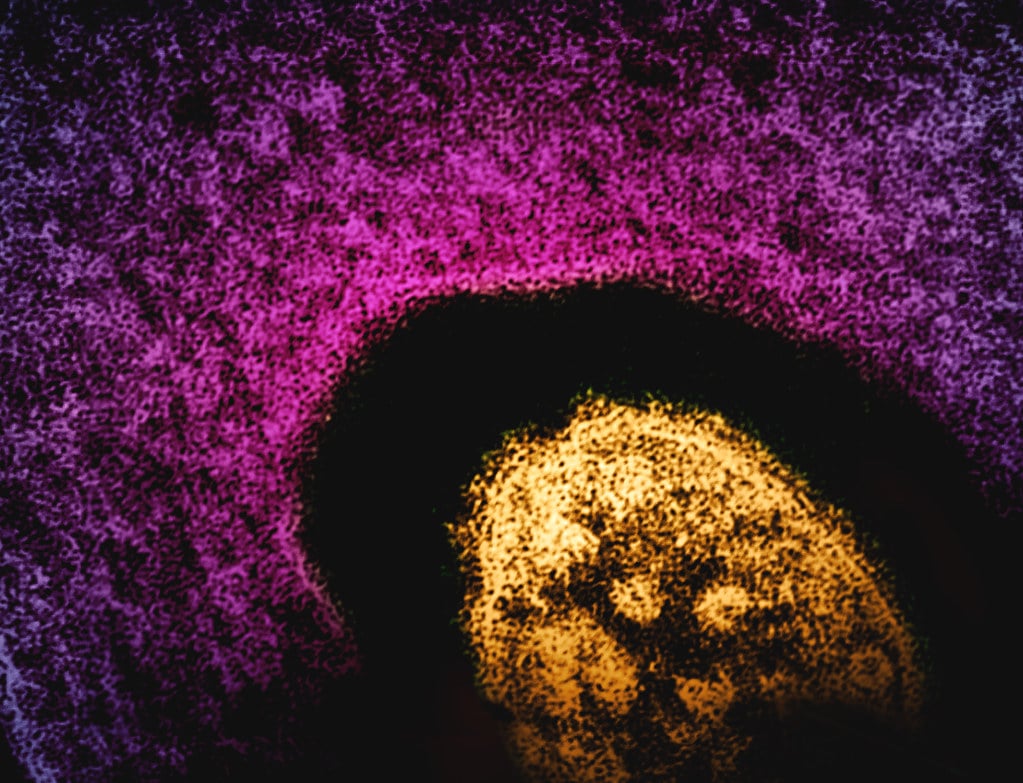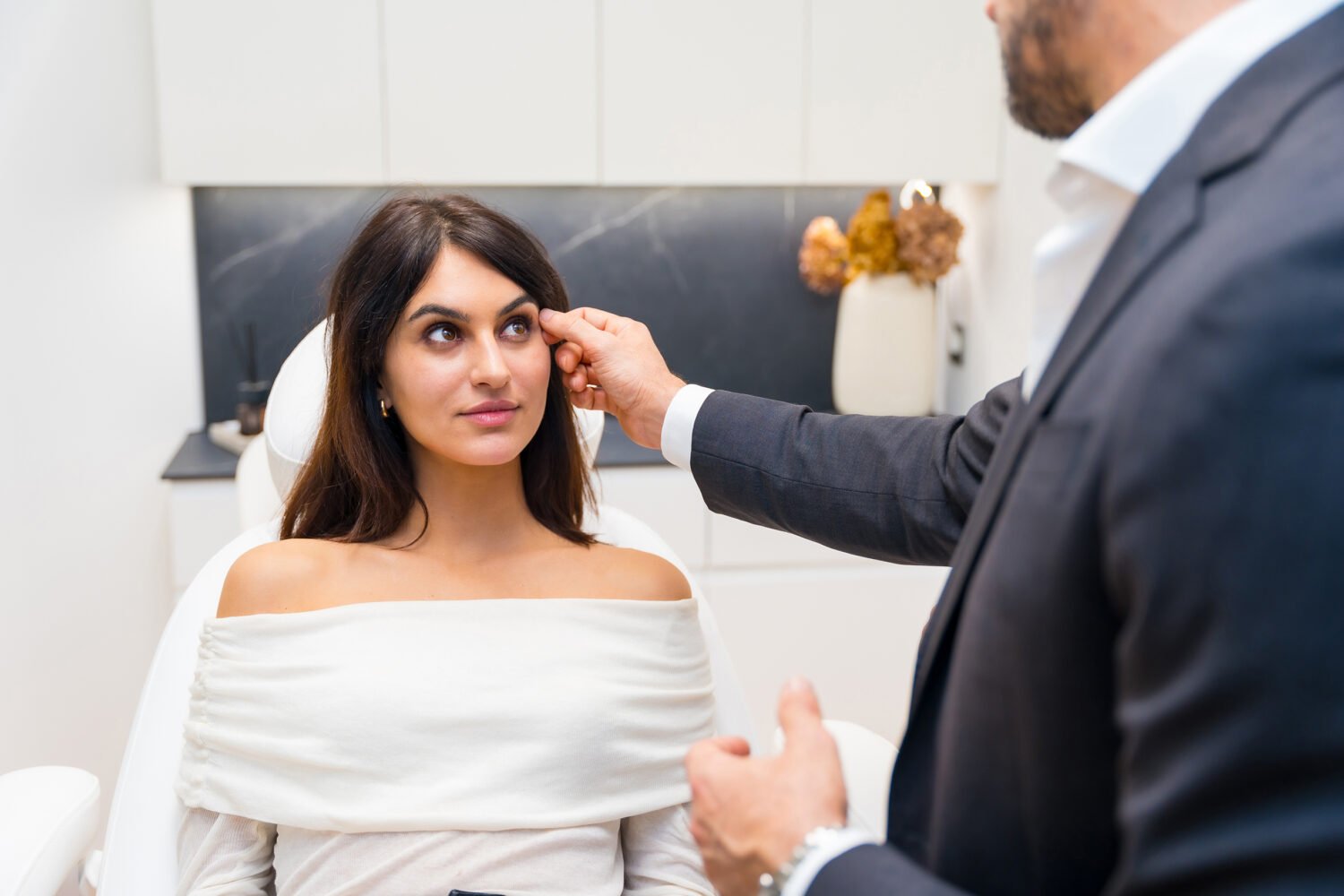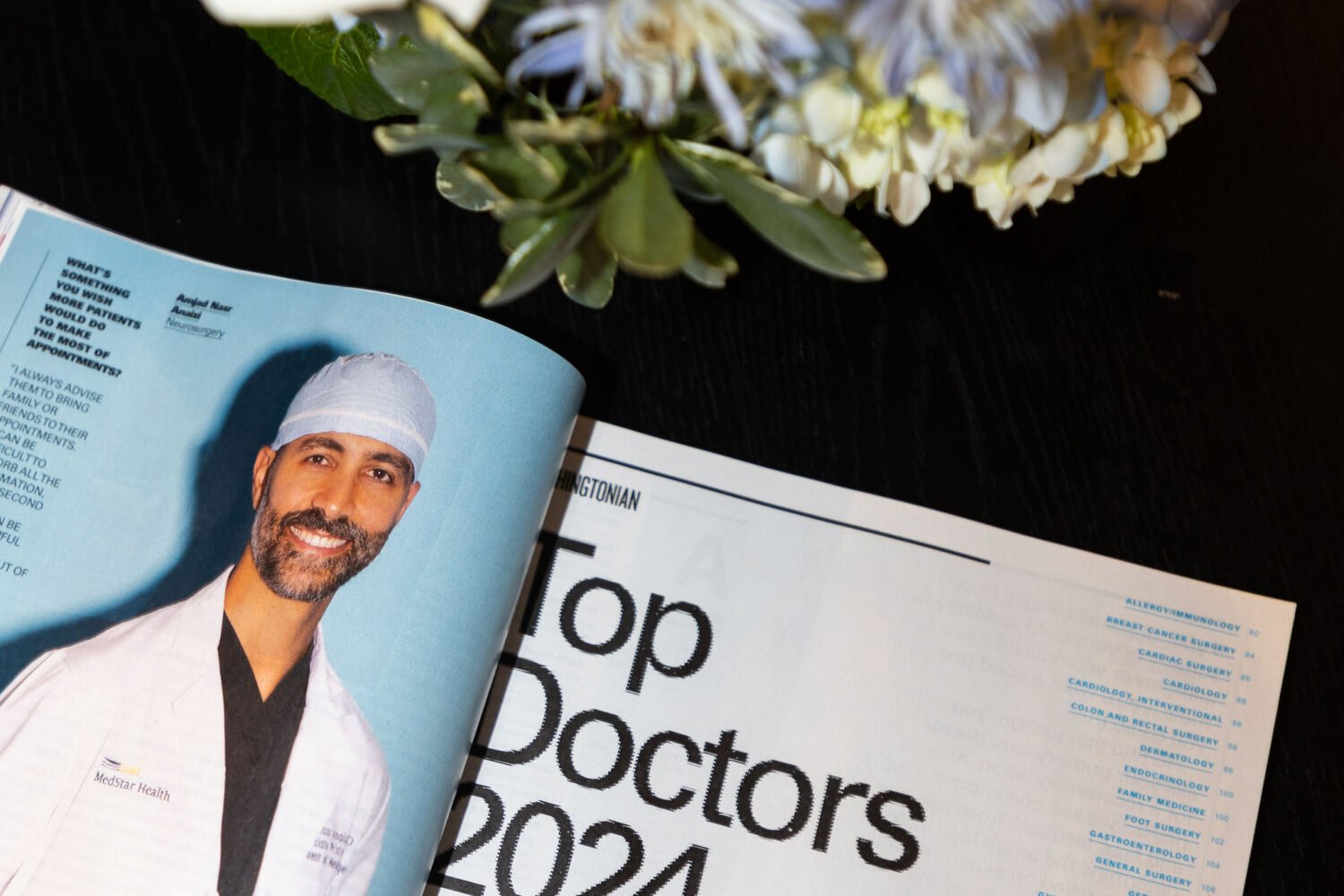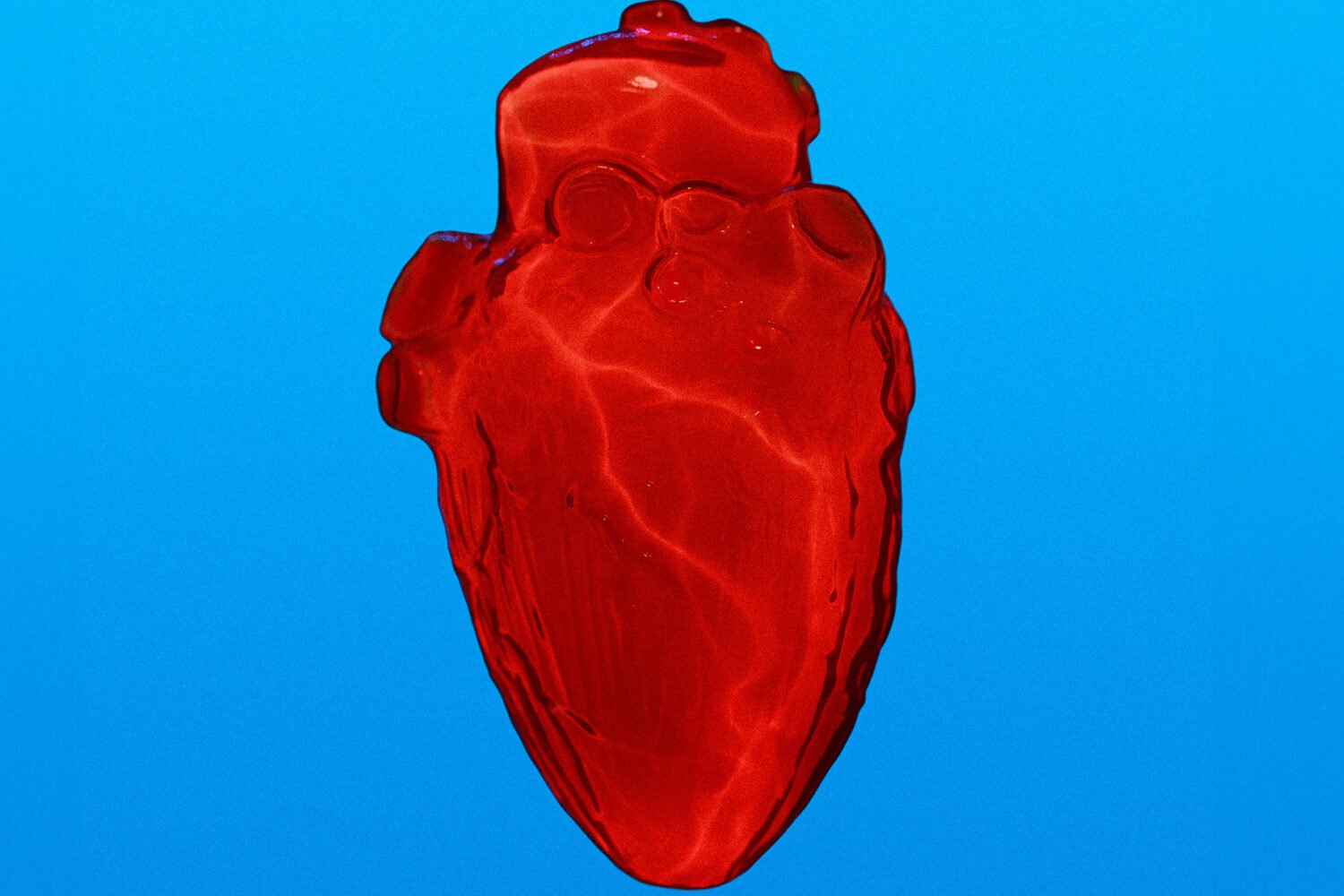The field of health care doesn’t exactly have a reputation for being an industry where inventors can thrive outside a well-funded research facility. But just as the age of open-source software and 3-D printers has let individual tinkerers “print” everything from sunglasses to shoes and build apps, it also allows them to cook up innovations for doctors and hospitals. One local outfit is now making a bet that embracing these unconventional inventors is good for health and the bottom line.
That’s the idea behind Health for America, a program that scoops up four recent college graduates, puts them together, and pays them each a $50,000 stipend to spend a year coming up with an innovative solution to a health problem. The program is loosely based on Teach for America. The founders—husband and wife Dr. Kapil Parakh and Madhura Bhat—wanted to bring together an inexperienced group to create change in a field that moves glacially. How glacially? It took 43 years to move from the idea of using electricity to make a heart beat to producing the first pacemaker model. By contrast, Health for America fellows have 11 months to go from ideas to product.
The program is just one example of how the “maker” movement is being applied to health care. The term “maker” started around 2006, when Dale Dougherty, founder of Maker Media, hosted the first Maker Faire in San Mateo, California. Today the event showcases people from around the globe who are DIYing tech-enhanced products. The idea is that there’s a maker—an innovative, hands-on tinkerer—in all of us. While the Faire gets attention for things such as Star Wars–inspired droids and a life-size Mouse Trap game, the movement features a lot more practical innovations, too. Locally, George Brandes and Ben Lundin, a thirtysomething duo with backgrounds in tax services and consulting, designed an app to help new moms contact breastfeeding experts and nurses.
Of course, health workers were engaged in this kind of effort long before anyone started calling it a movement. Susannah Fox, former chief technology officer for the Department of Health and Human Services, says nurses in particular have been innovating for decades at the bedside—coming up with “hacks” to adapt tools and resources for improved patient care.
When it comes to the maker movement and health, Dougherty says most of the participants are really just out to solve their own health issues, not focused on creating a mass-market product: “Instead of accepting what solutions the medical manufacturers are offering, you see people creating their own. They seem to want to innovate because they’re the beneficiary of that innovation. In contrast, a medical company has to believe that product is a market.”
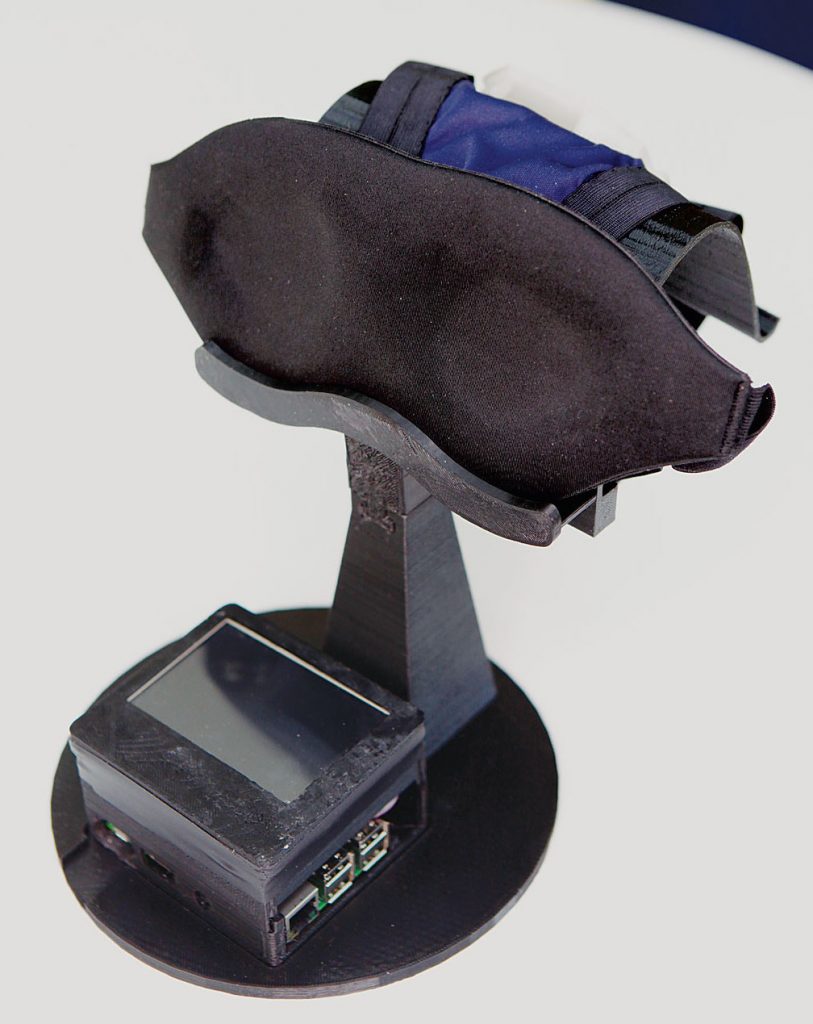
But that sort of company is beginning to see the value of these innovative makers. After Parakh and Bhat launched Health for America in 2012, they wanted to find a home for it, ideally within a medical group. In 2016, Mark Smith, chief innovation officer for MedStar Health, started the process of folding the nonprofit into the MedStar Institute for Innovation. Now owned and operated by MedStar, Health for America runs out of the institute’s offices and has access to MedStar physician mentors. For MedStar, Health for America is a chance to attract ideas from outsiders—and show the world it’s a leader in health innovation.
Says Smith: “It turns out there’s a whole world of entrepreneurs and start-ups and great ideas out there, and what do they need? They need subject-matter experts, they need data and information, they need a clinical environment where things can be tried out. We became the de facto portal or gateway for a lot of these new ideas.”
Health for America’s current four fellows—chosen from more than 250 applicants—accepted their spots without knowing which health issue they’d be assigned. This year, it’s stroke care. Previous fellowship classes have investigated childhood asthma, congestive heart failure, and Type 2 diabetes, generating solutions such as a service that delivers diabetic-safe meals. While each fellow has a background that merits serious bragging rights—including Ivy League degrees, prior fellowship and research stints, and even STEM-focused high-school diplomas—they’re no stroke experts.
But not having experience with strokes—or even medicine in general—can be a plus. By taking four curious minds and putting them into a context where they can ask questions of patients that seasoned physicians wouldn’t think to ask, new ideas arise.
“The most successful groups I’ve seen in terms of the innovation work I oversaw at HHS or discussions I’ve been a part of in other settings, the more diverse groups, the better the innovation becomes,” says Fox. “You’re going to want to hear from people who haven’t yet developed the muscles for a certain way of thinking about health care, who are going to maybe have that outside idea that’s creative.”
To get the fellows up to speed, Health for America’s current class kicked off with two-week crash courses on strokes. They listened to MedStar guest speakers, interviewed patients, spent a day in the emergency room, and went on rounds with clinicians.
“I basically turned these four bachelor-level fellows with no clinical experience into neurologists in 24 hours,” jokes Dr. Michael Yochelson, chief medical officer of MedStar National Rehabilitation Networks and one of three physician mentors MedStar has paired with the fellows.
The fellows also needed to develop empathy. In the maker movement, innovation often happens when someone is seeking a solution to a problem he or she is personally experiencing. So the fellows spent three days walking around with leg braces, canes, and slings to simulate the experience of stroke survivors, followed by two weeks on a stroke-survivor diet.
“Dr. Yochelson gave them a sample medication list so they could see that some of these patients are being discharged with up to 15 medicines,” says Health for America director Mandy Dorn. “Obviously, they weren’t having to take medications, but one nut represented one pill, one Skittle represented another, and they were literally thinking, ‘Okay, if I got discharged with 15 medications, how would I keep track of this?’ ”
Next came the “ideation” phase, during which the fellows generated a spreadsheet of more than 100 ideas tackling different stroke issues that had come up in their talks with physicians and patients. With the help of their mentors, the ideas were narrowed to two winners: Galva, the name they gave patient-education boxes that could be distributed to stroke-rehab patients and their caregivers, and KnightCap, a sleep mask with an EEG monitoring system meant to detect a stroke that happens while someone is sleeping, known as a wake-up stroke.
Wake-up strokes are an area ripe for innovation. They make up one in five acute strokes, and there’s a lack of treatment options.
“One of our physician mentors highlighted the problem of wake-up strokes,” says Health for America fellow Stephanie Guang. “The primary treatment for stroke is tissue plasminogen activator (tPA), and that has to be administered within a four-hour window. The alternative, mechanical thrombectomy, which is a surgical clot retrieval, has to happen within six hours. Every patient who is a wake-up-stroke patient—meaning they wake up and they’ve had a stroke in the night—is automatically disqualified for these treatments because they can’t determine whether they were in this window.”
Next came the prototypes. Rather than waiting for a large manufacturer to produce their models, the fellows constructed the models themselves. One fellow, Michael Mezher, has three 3-D printers at home—he uses them for side projects—so he was able to print the box that holds the EEG monitoring system on the top of the cap, along with a stand for KnightCap. Guang, who’d sewn before in a fashion-design competition, stitched together the elastic-and-fabric cap. Together they whipped up multiple prototypes that they first tested on willing patients for comfort and ease of use. Later, the caps were also hooked up to EEG monitoring.
“One of the first mottos we heard when we came into this fellowship was the ‘fail fast’ motto—the idea where you want to rapid-prototype and quickly get feedback from users very early on,” says Guang. “I admit [rapid prototyping] felt uncomfortable at first, coming from a traditional engineering background where you don’t want to give someone something that’s not perfect or only half functional.”
The goal is for KnightCap to be worn in bed by those at risk of a stroke—a risk that’s higher among those who have already had one. The EEG monitoring will detect signs of a stroke and, if it occurs, create a time stamp and have a built-in alarm wake the wearer so he or she can get the time-sensitive treatments.
KnightCap is by no means ready to be put into practice—it would require large clinical trials to prove its reliability before being doctor-recommended. But for an old problem, it’s a potential new solution that didn’t exist before a couple of college grads put their heads together last September.
“I was a skeptic at first, thinking these are people within three years of graduating college, no substantive experience in this space—what do they know? And I’ve come 180 degrees,” says Smith. “If you give them the right structure and the right mentors and the right experiences, they could perhaps invent the next thing in health care.”
This article appears in the June 2017 issue of Washingtonian.

